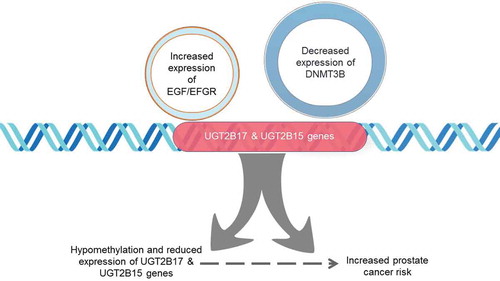Figures & data
Figure 1. EGF mediated down regulation of UGT2B15, UGT2B17, DNMT3A and DNMT3B expression is reversed by EGFR inhibitor, PD168393 (PD). LNCaP cells were treated for 24 h with vehicle (DMSO), EGF and EGF+PD at concentrations indicated in the figure. mRNA was extracted and quantitated using RT-PCR as described in materials and methods. Statistical analysis was performed using one-way ANOVA followed by Tukey’s post hoc test. The mRNA levels are reported as the mean ± SEM of 3 independent experiments, each performed in triplicate. Means that do not share letters are significantly different from each other. (a) Effect of EGF and PD168393 on UGT2B15 expression. (b) Effect of EGF and PD168393 on UGT2B17 expression (c) Effect of EGF and PD168393 on DNMT3A expression. (d) Effect of EGF and PD168393 on DNMT3B expression. Vehicle = Control
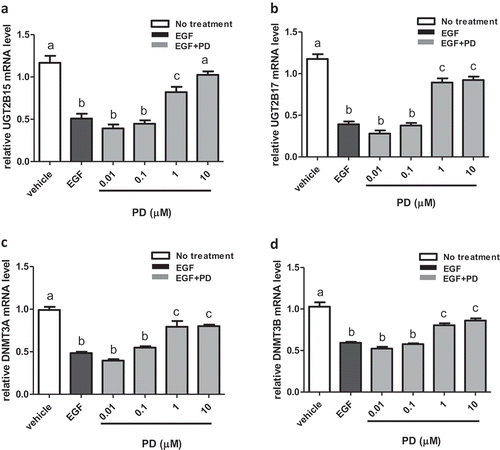
Figure 2. 5-Azacytidine treatment of LNCaP cells downregulates expression of UGT2B15, UGT2B17 and DNMT3B mRNA in a dose-response manner. LNCaP cells were treated with vehicle (DMSO) and increasing amounts (1–10 µM) of 5-Azacytidine for 24 h. mRNA was quantitated and statistically analysed as described in legend. The mRNA levels are reported as the mean ± SEM of 3 independent experiments, each performed in triplicate. Means that do not share letters are significantly different from each other. (a) Effect of 5-Azacytidine on UGT2B15 expression. (b) Effect of 5-Azacytidine on UGT2B17 expression. (c) Effect of 5-Azacytidine on DNMT3A expression and (d) Effect of 5-Azacytidine on DNMT3B expression. Vehicle = Control
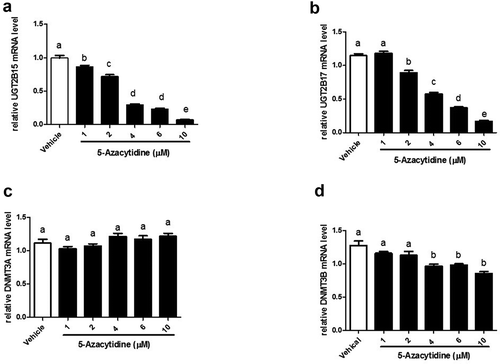
Figure 3. DNMT3B and DNMT3A siRNA knockdown in LNCaP cells showing knockdown expression of UGT2B17, UGT2B15, and P53. The mRNA was quantitated and statistically analysed as described in legend. The mRNA levels are reported as the mean ± SEM of 3 independent experiments, each performed in triplicate. Means that do not share letters are significantly different from each other. (a) Knockdown expression of DNMT3B; (b) UGT2B17 in DNMT3B knockdown LNCaP cells; (c) decreased UGT2B15 in DNMT3B knockdown LNCaP cells at p < 0.0001; and (d) decreased p53 in DNMT3B knockdown LNCaP cells at p < 0.0001. DNMT3A siRNA knockdown in LNCaP cells showing (e) knockdown expression of DNMT3A; (f) decreased UGT2B17 in DNMT3A knockdown LNCaP cells at p < 0.0001; (g) decreased UGT2B15 in DNMT3A knockdown LNCaP cells at p < 0.02; and (h) p53 in DNMT3A knockdown LNCaP cells. Negative control = negative control siRNA; DNMT3A or DNMT3B siRNA = NeoFX Transfection Agent 0.8 ul (30 nM) siRNA
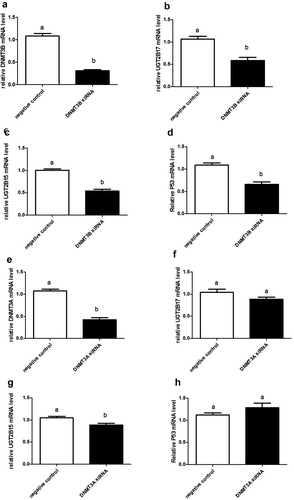
Figure 4. DNA methyltransferase inhibitor RG108 treatment of LNCaP cells downregulates UGT2B17 expression. LNCaP cells were treated with vehicle (DMSO) and RG108 (100 µM) for 48 h. mRNA was quantitated as described in material and methods. Data was analysed using Nonparametric Student t test. mRNA levels are reported as the mean ± SEM of experiments done in triplicate. (a) Effect of RG108 treatment on DNMT3A expression. (b) Effect of RG108 treatment on DNMT3B expression. (c) Effect of RG108 treatment on UGT2B17 expression . (d) Effect of RG108 on p53 expression. Vehicle = Control
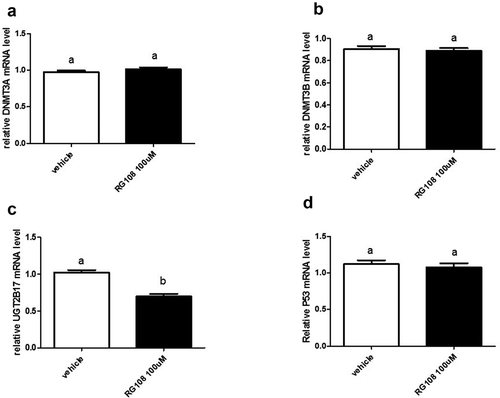
Table 1. Analysis of study GSE76938 of 73 prostate cancers vs. 63 benign tissue with Illumina HumanMethylation 450 K Beadship array
Figure 5. Downregulation of UGT2B17 and UGT2B15 gene expression induced by increased EGFR activity and decreased DNMT3B expression. Specific CpG dinucleotides within UGT2B regulatory regions are hypomethylated at the proximal promoter and coding region and are associated with prostate cancer risk. EGF/EGFR signalling may mediate the downregulation of DNMT3B methyltransferase activity resulting in decreased expression of UGTB217 and UGT2B15 genes from the hypomethylation of regulatory CpG dinucleotides in the promotor and first exon
